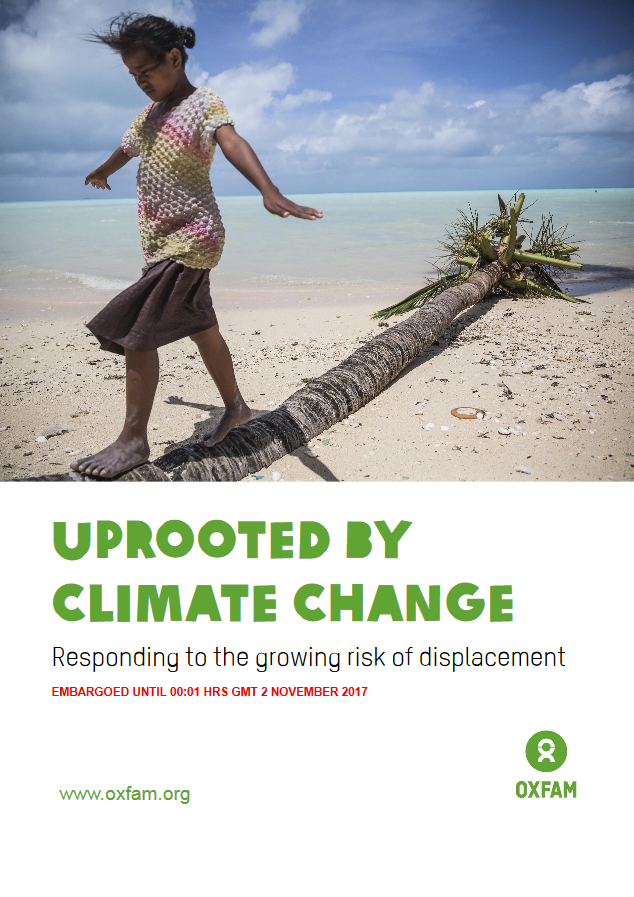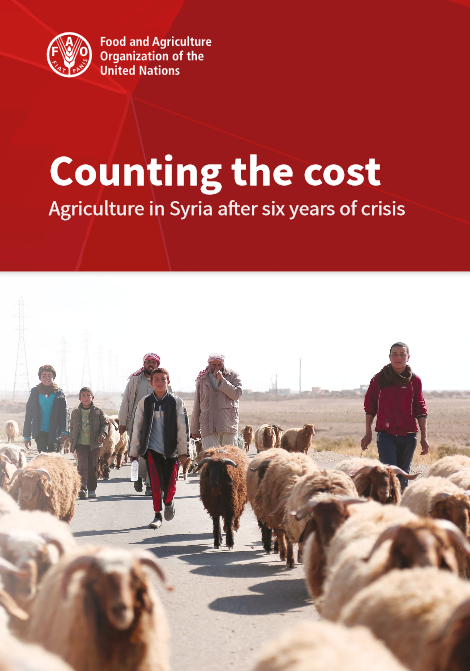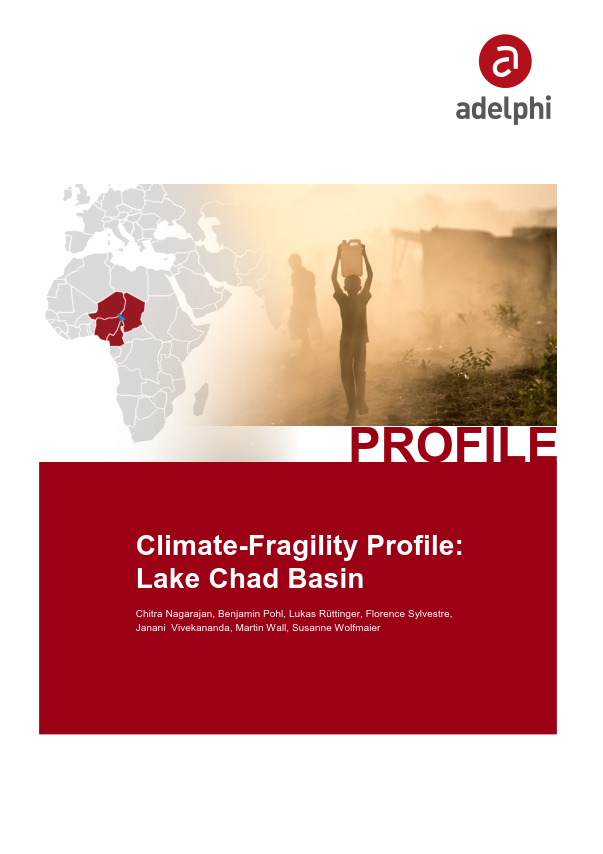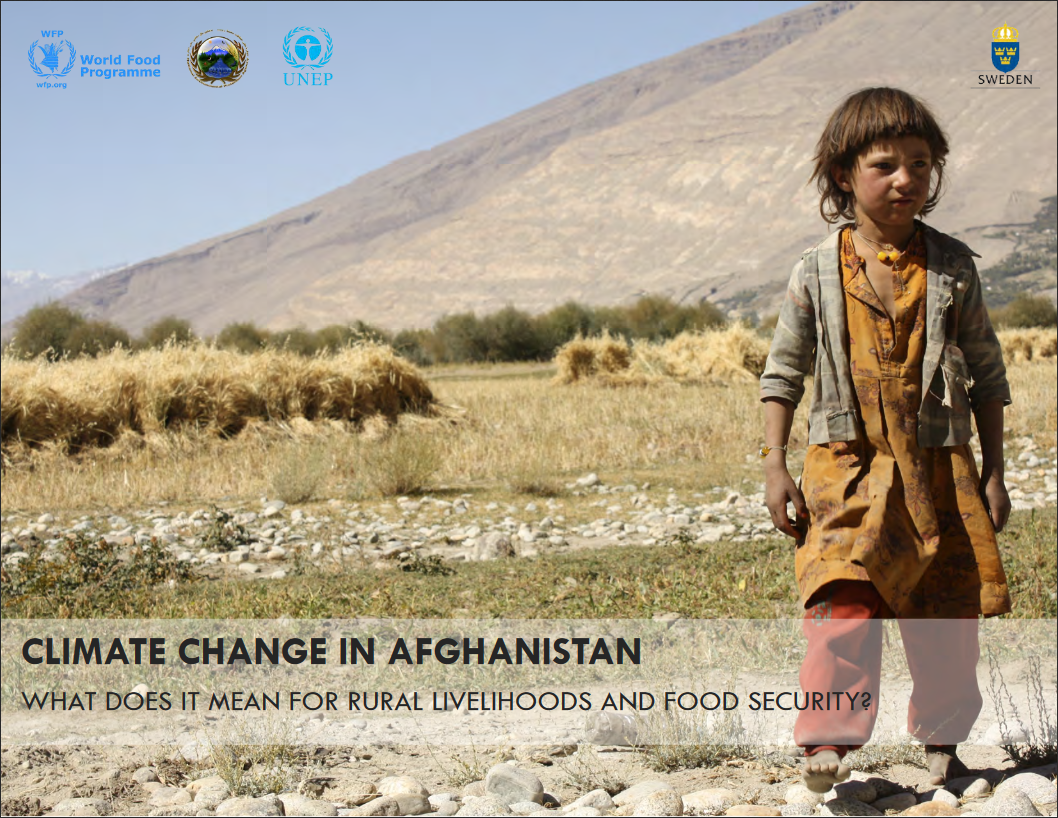Application of land-use simulation to protected area selection for efficient avoidance of biodiversity loss in Canada’s western boreal region
Avoided ecological loss is an appropriate measure of conservation effectiveness, but challenging to measure because it requires consideration of counterfactual conditions. Land-use simulation is a well suited but underutilized tool in this regard. As a case study for the application of land-use simulation to assess the impact of protected areas, we present a scenario analysis exploring conservation options in Canada’s western boreal forest.





